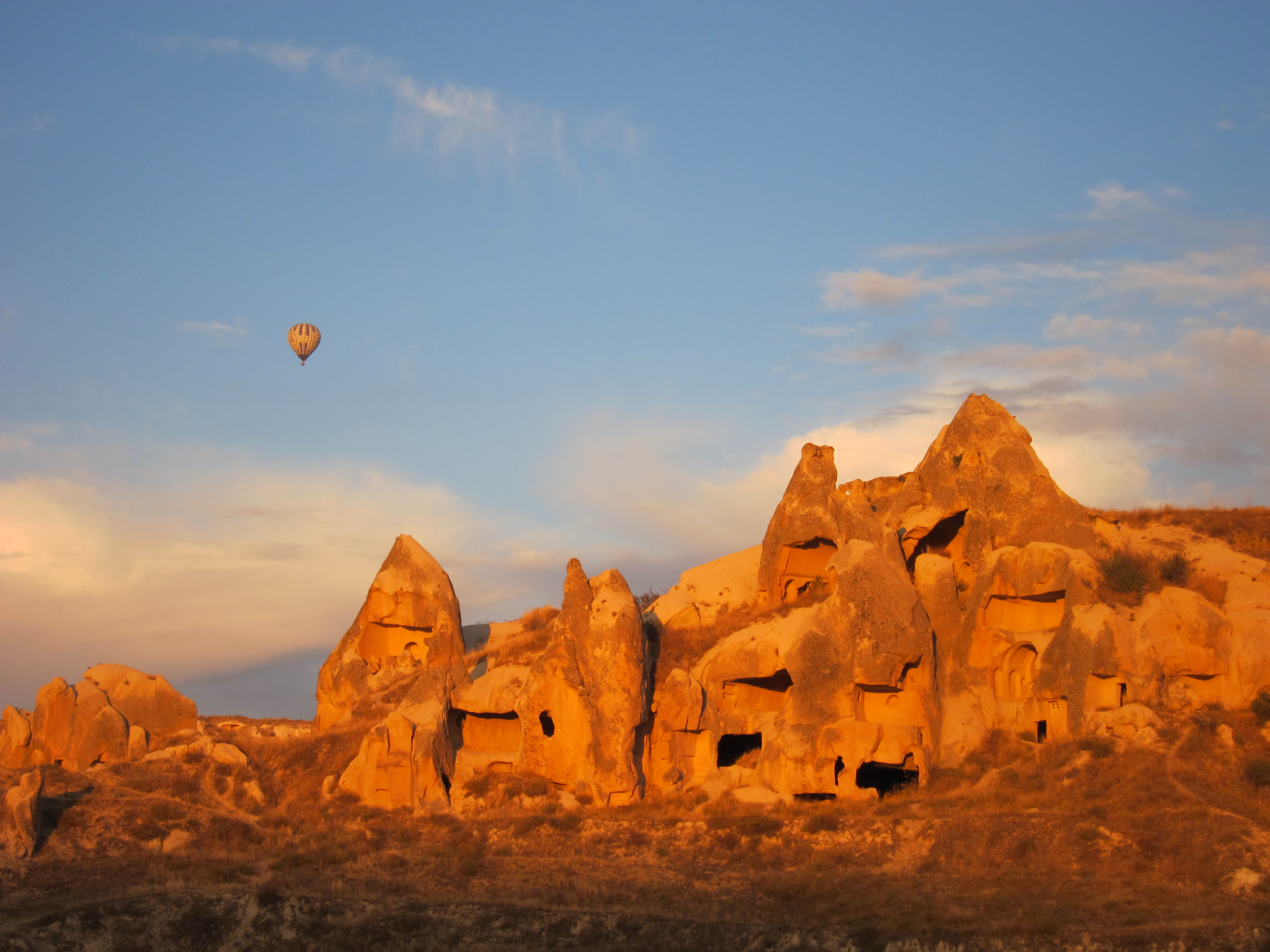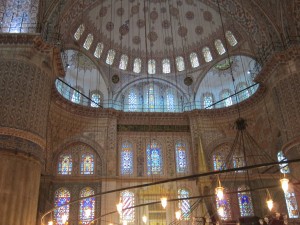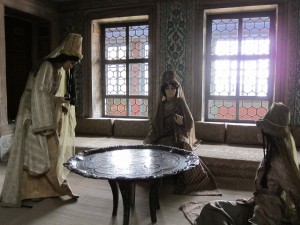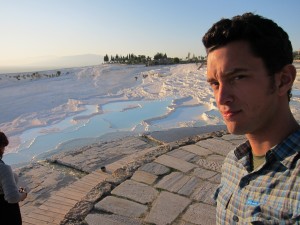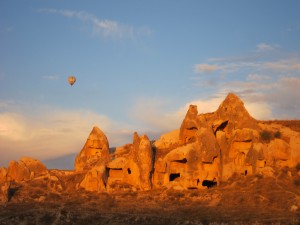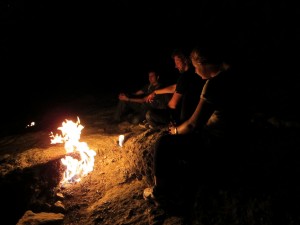I flew into Istanbul from Ethiopia and it was a different world. The weather was rainy and cold. There was an order in the airport and on the highway. The roads and cars were clean and new. It felt sterile and futuristic. After a cab ride much smoother than my initial cab ride in Ethiopia, I arrived at my hostel and ventured out exploring the Sultanahmet district; the old city and tourist center. Here is a link to all the of the Turkey pics on Facebook. I wandered by the Blue Mosque and the Hagia Sofia. I was expecting people to come up and try and sell me things or ask questions about where I was from, but I walked the streets unmolested. It was a nice feeling. These monumental structures were awe inspiring, but I soon ran out of gas after only an hour of sleep on the plane ride that night before.
Once rested, I began with the Istanbul standards. I started with the Basillica Cistern – a cool cathedral like underground cistern structure, built in 6th century Rome.
I ventured inside of the Blue Mosque with its amazing tiled mosaics and stained glass windows which were breathtaking.
Lastly, I visited the Topkapi palace, the opulent home of the Ottman Sultans during their 600 year reign.
I also sorted out a few days of touring as well, which included the Troy Ruins, Ephesus Ruins, Pammukale and Cappadocia.
The Troy ruins were small and not visually impressive, but there were different walls of the settlement, which corresponded to different incarnations of the city. These layers made the site dense and rich with history. Troy is best known as the setting of the Trojan War described in Homer’s Illiad. The site was found in the mid 1800’s by English and German archeologists who studied Homer’s texts closely to figure out the exact hill of the site based on Homer’s descriptions of neighboring mountains, the types of trees that grew there and other geographical clues. The find gave historical grounding to some of Homer’s myth.
After the Troy ruins, I had some time to kill in the local town Eacabat, before taking an overnight bus to Selcuk for the Ephesus ruins. I had a lovely dinner of sea bass (and I made progress on getting over my phobia of eating whole fish). Once I was done, the waiter took the plate outside and fed the leftovers to eagerly awaiting cats. I’ve found this treatment is typical of stray animals in Turkey – the community keeps them healthy and happy. It’s heartwarming to see that these animals can live comfortable lives with people looking out for them. I’ve felt like a bit of a stray dog at times taking the busses in Turkey with their many transfers and confusing bus stations, not knowing where to go or speaking the language. Luckily the Turkish people take care of their tourists too and I’ve been shepherded in the right direction each time.
After an overnight bus, and being pointed to my hostel, I was off to see Ephesus. Ephesus was an ancient Greek city, and later a major Roman city. During the Roman period, it was the second largest city of the empire for a number of years. The ruins here were spectacular, as were the cruise ship infused crowds which detracted a bit. I liked the cat lounging on the ruins. He looked well fed and content.
Next up on the tour circuit was Pammukale ,which means “Cotton Castle” in Turkish. The ancient Greco-Roman and Byzantine city of Hierapolis was built on top of hillsides covered by formations of calcified cliffs. At first it looks like snow, but on closer inspection there are travertines, terraces of carbonate minerals left by the flowing water. The ruins and the terraces were stunning. I spent the afternoon with two Australian friends, Paul and Dora swimming in a hot spring pool, complete with columns from ruins in the water to lounge on. We then checked out the epic amphitheater and walked down barefoot on the cliffs while the sun was setting. The setting was magic.
If Pammukale was magic, then Cappadocia was fantasy. This area feels like a sci-fi movie. Cappadocia is home to cave houses on cliffs, underground cave cities that go deep underground and fairy chimneys.
The underground cities were designed for long term protection of the the Christians during Muslim invasion. They featured tandoori style ovens, ventilation shafts and even stables. In addition to these man made structures, there are also fairy chimneys. These structures are shaped by erosion caused by the wind and water. There is a base layer of sandstone topped by a layer of petrified lava which protects the sandstone below. I enjoyed crawling around the different levels and tunnels of the cave houses. It was like a jungle gym for adults.
The only thing that can top magic and fantasy is utopia, and Olympus, Turkey is almost just that. At least where I stayied had me saying, “I’ll stay one more day,” multiple days in a row. The hostel, Bayram’s, is 500m from the beach, and you walk through ruins to reach it. You can even pick oranges from the trees in the hostel’s courtyard. Outside of relaxing on the beach and in the hostel, there are some great hikes around. One night a few of us took a walk to check out the mountain flames of Chimera. These flames emanate from a nearby mountain continuously, fueled by methane from deep in the mountain below. The flames were bizarre and beautiful.
Another night Shaun White’s parents showed up and Red Bull sponsored climbers were all hanging out around the hostel campfire. Mrs. White kept talking about her son, and I finally had to ask who her son was. Ok…she deserves some bragging rights. After peeling myself from Bayrams, I continued west along the coast staying in the quiet beach town Patara,then on to the harbor town Fethiye, and finally back to Istanbul via my last overnight bus.
Turkey has been an amazing combination of natural geological beauty,amazing ancient ruins and world class beaches. And they feed their cats.
Next up a week in Madrid and its outskirts with my good old friend Iggy.
